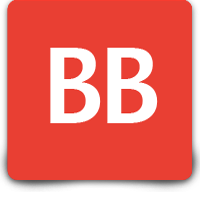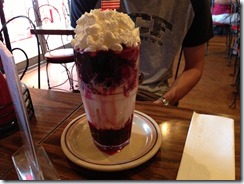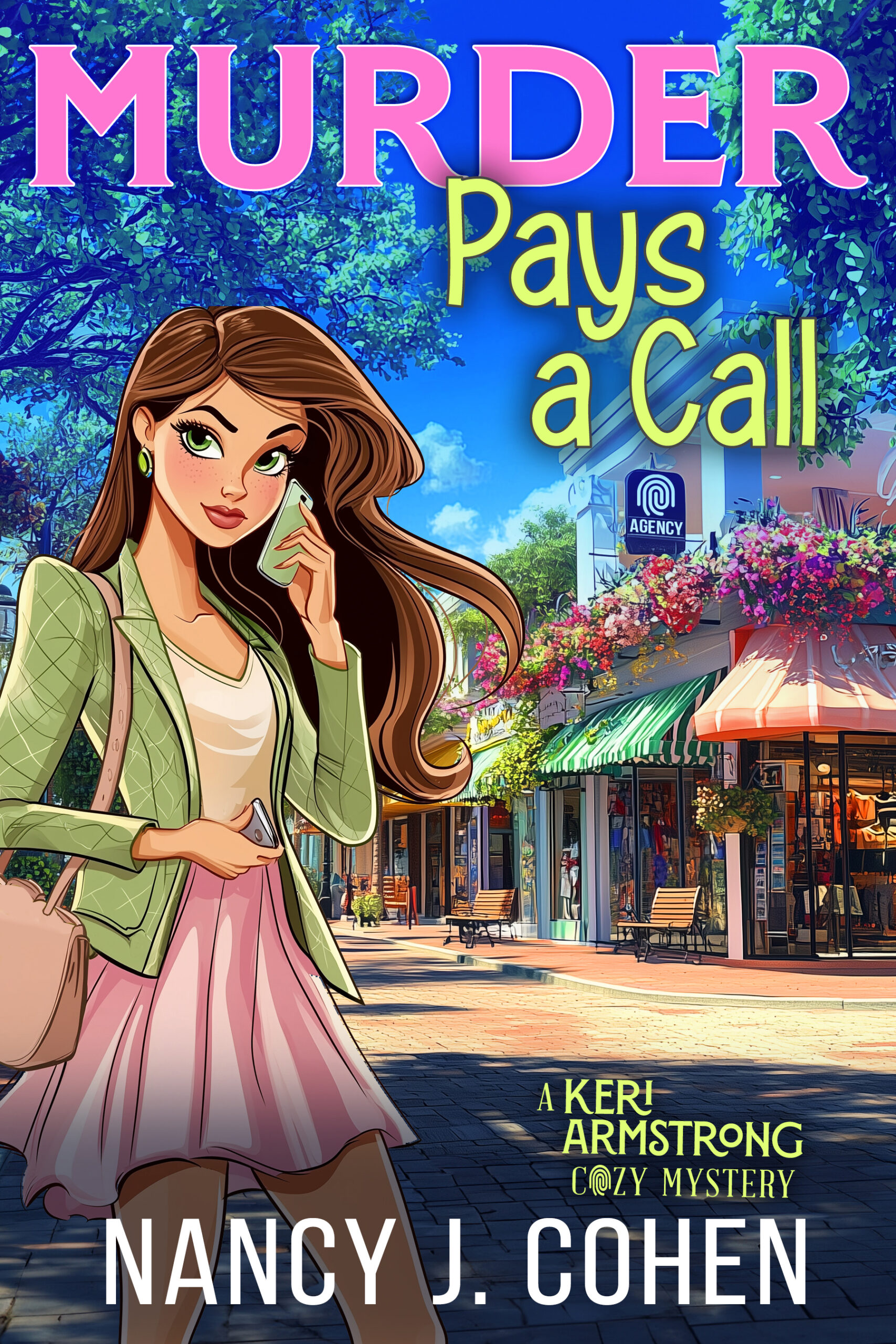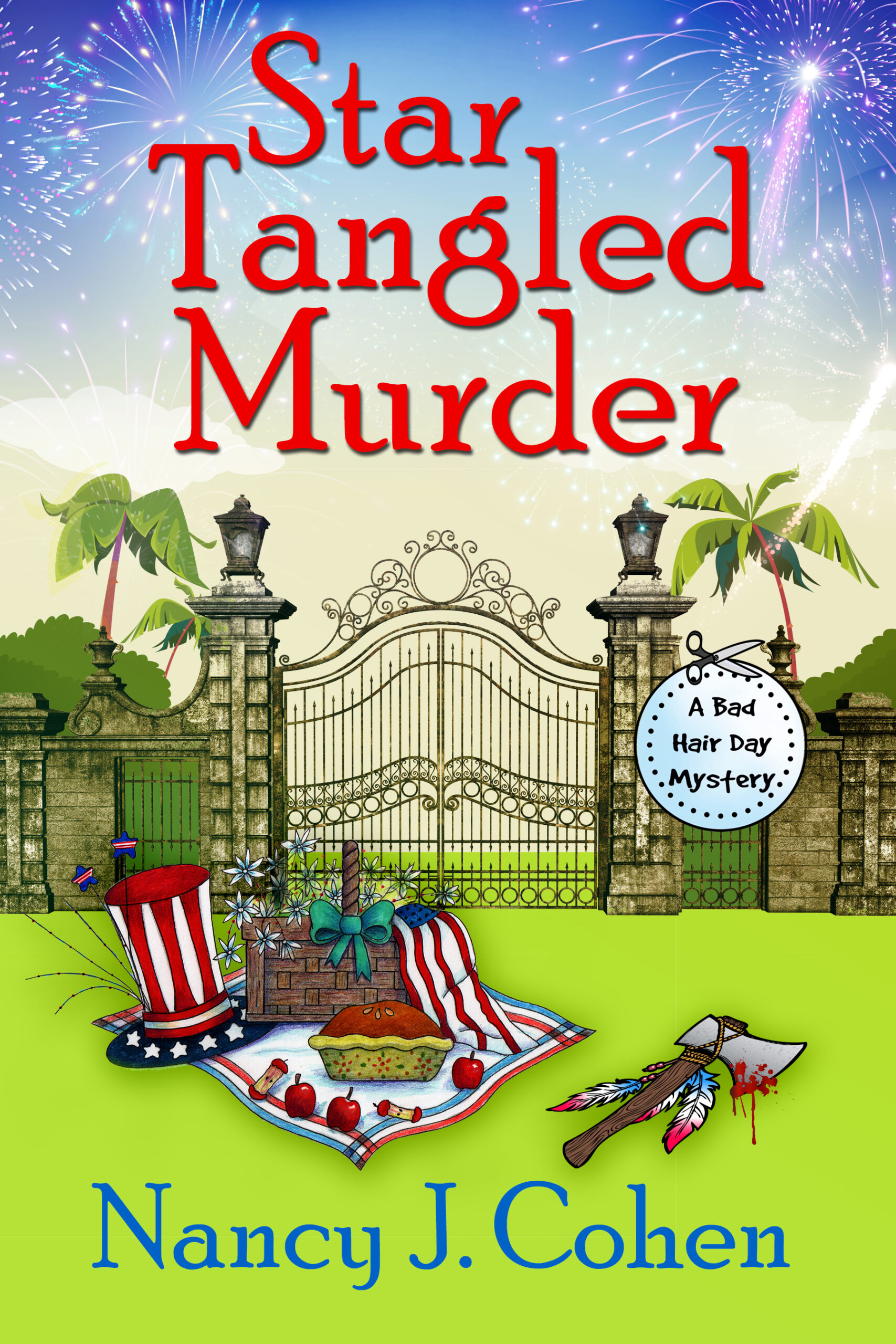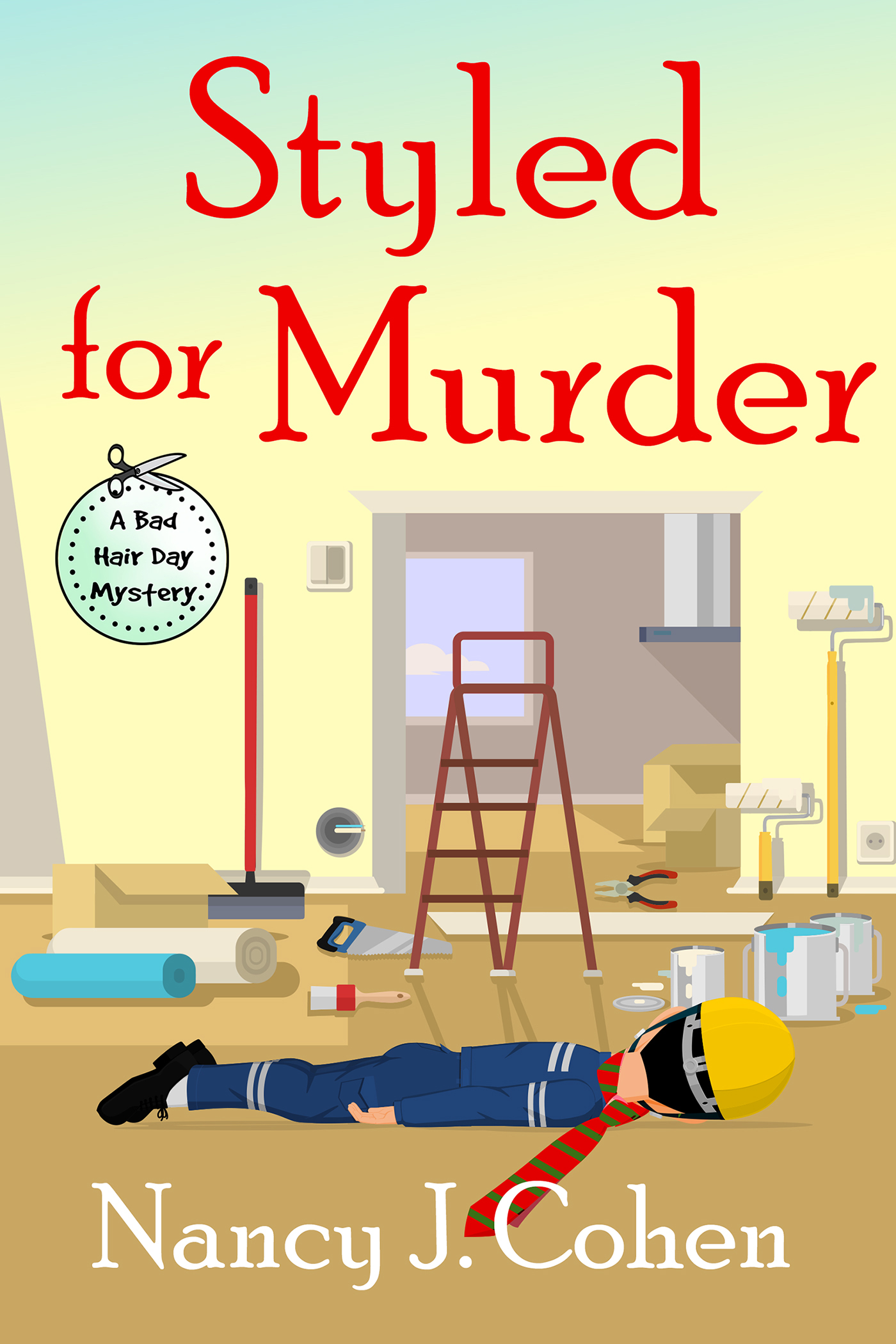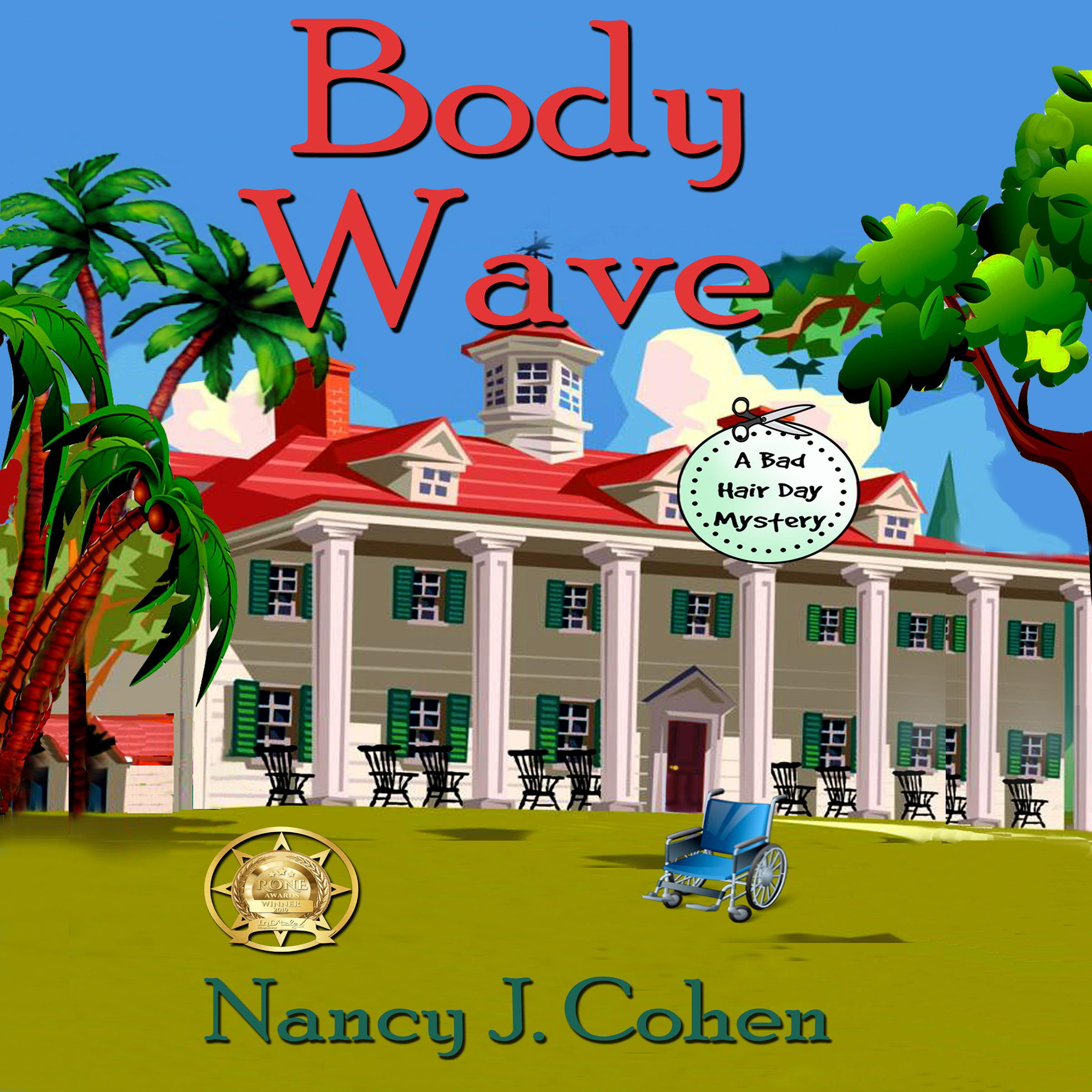Polishing to Perfection
What’s wrong with this passage? When I am doing a final read-through of a manuscript prior to submission, I am looking for inconsistencies and repetitions. Can you detect what needs to be changed here:
“Good work.” Zohar slapped his shoulder. “Let’s get our gear and move out, people, before anything else surprises us.”
As his team hustled to obey, Zohar conferred with their allies. Magnor overheard him telling them to return home and assess the results. [Sentence removed due to series spoiler]
“What about the souls turned by those creatures?” asked a colonel from a foreign nation’s army.
Yaron stepped forward. “We’re working on a solution. Once our new cruiser arrives, I can synthesize and test the compound I’ve been refining as an antidote. In the meantime, help us spread the word that a pandemic virus is affecting people. This will explain any strange behavior.”
Zohar grasped his shoulder. “You have discovered a cure for the confounding spell?”
“I believe so, rageesh.”
Nira bustled toward them, her face covered in sweat and grime. Tear tracks ran down her cheeks. “The earthquakes are getting worse. We need to reach the mountain, or Loki might still win.”
“How’s Edith?” At Nira’s sad shake of the head, Zohar patted her shoulder. “I am sorry. She was a loyal friend.” He turned to the assembled crowd and raised his arms. “Listen, people, we thank you for your assistance this day. You’ve kept your word to join us in this battle, and we’ve been triumphant because of you. We’ll carry on from here, but know that you have our everlasting gratitude.”
<><><>
So what needs fixing this time? The first thing that jumped out at me is that I use the word “shoulder” three times:
Zohar slapped his shoulder
Zohar grasped his shoulder
Zohar patted her shoulder.
Oops! I kept the first one, and changed the second one to “Zohar’s eyebrows raised”. In the third one, Zohar pats her arm instead of her shoulder.
Whoops again. In the last paragraph, Zohar raises his arms. Too much repetition with “arm” and “raise”. This phrase gets deleted.
Then I note he says “people” twice. The second one becomes “everyone.” But now I have “everlasting gratitude”. Too many words start with “ever”. The second term becomes “eternal.” Here is the revised passage with these changes.
“Good work.” Zohar slapped his shoulder. “Let’s get our gear and move out, people, before anything else surprises us.”
As his team hustled to obey, Zohar conferred with their allies. Magnor overheard him telling them to return home and assess the results. [Sentence removed due to series spoiler]
“What about the souls turned by those creatures?” asked a colonel from a foreign nation’s army.
Yaron stepped forward. “We’re working on a solution. Once our new cruiser arrives, I can synthesize and test the compound I’ve been refining as an antidote. In the meantime, help us spread the word that a pandemic virus is affecting people. This will explain any strange behavior.”
Zohar’s eyebrows raised. “You have discovered a cure for the confounding spell?”
“I believe so, rageesh.”
Nira bustled toward them, her face covered in sweat and grime. Tear tracks ran down her cheeks. “The earthquakes are getting worse. We need to reach the mountain, or Loki might still win.”
“How’s Edith?” At Nira’s sad shake of the head, Zohar patted her arm. “I am sorry. She was a loyal friend.” He turned to the assembled crowd. “Listen, everyone, we thank you for your assistance this day. You’ve kept your word to join us in this battle, and we’ve been triumphant because of you. We’ll carry on from here, but know that you have our eternal gratitude.”
What else would you do?





